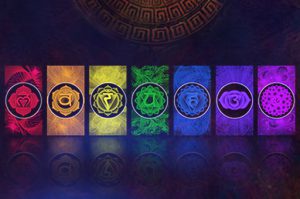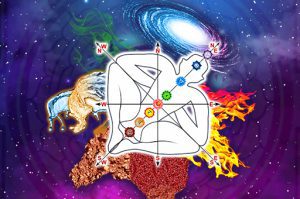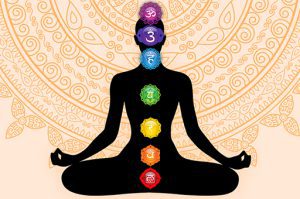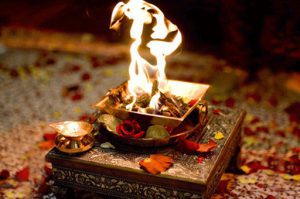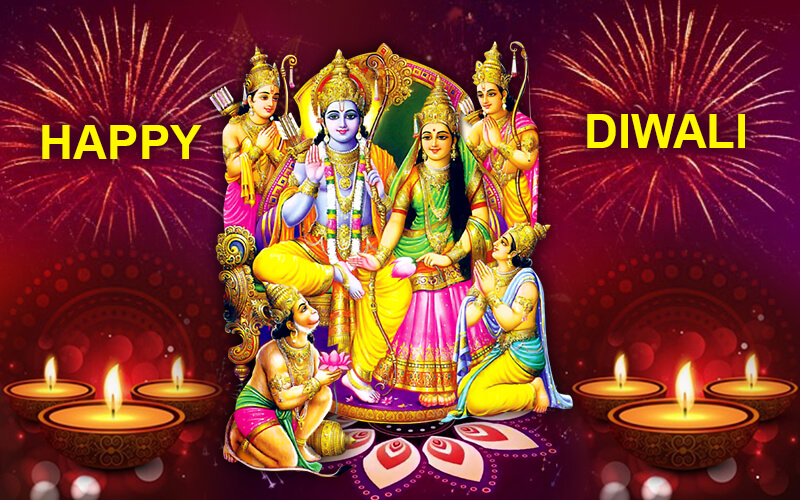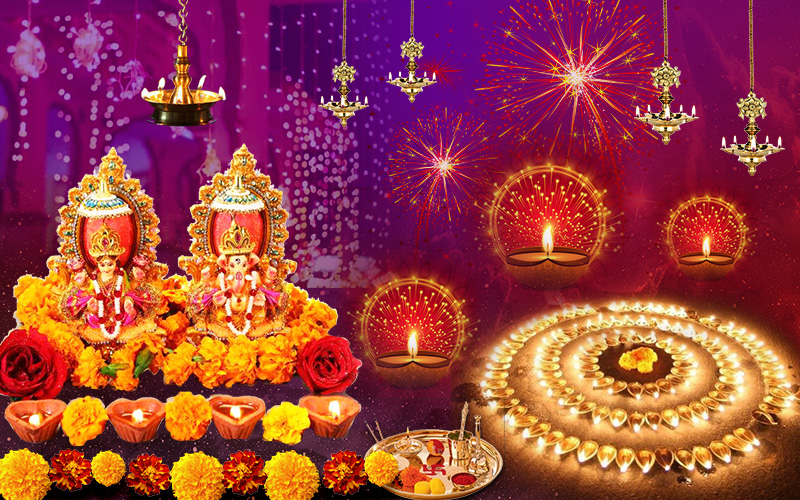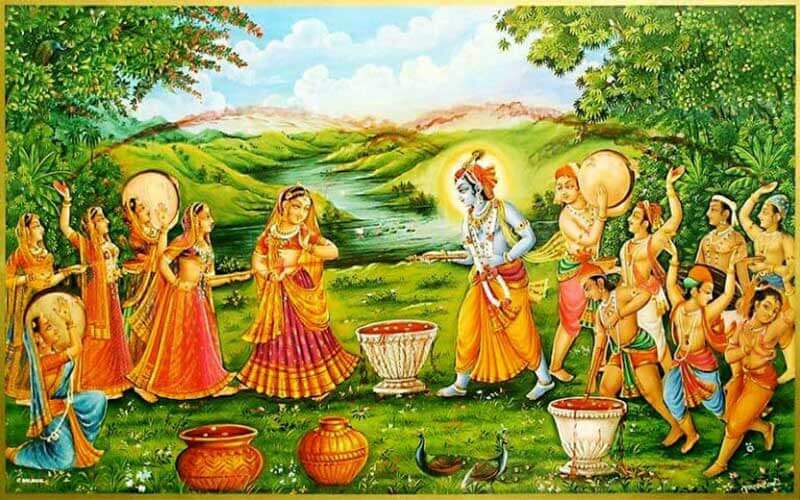
The festival of colours is finally here. Very soon all of India will launch into the colour fest called Holi. Children will get ready their water buckets, balloons, wet colours and water guns. On this day, it is “legal” to spray water and colours on all passers-by, known and unknown. Anyone who wants to be “decent” should stay within the safe walls of their homes. When you are fully drenched in colour and barely recognizable, you form groups and visit other families to wish family members, including older relatives and parents who prefer to stay away. You will be greeted with traditional sweets like Gujiya and laddoos and more colours will be applied on you. In some housing colonies, people gather in the garden in late afternoon and sing traditional songs with dholak beats and some drink the intoxicating Bhang. This is the day to let go of all concerns and enjoy life.
Why We Celebrate Holi?
Holi festival is the celebration of the colors of Unity and Brotherhood. Rang panchami or Dhulivandhan (as it is called in Maharashtra) is an opportunity to forget differences and indulge in unadulterated fun. It is celebrated without distinction of cast, creed, color, status or gender. Spraying color (‘gulal’) or colored water on people breaks all barriers, making everyone look the same and thus universal brotherhood is established. Holi is a spring festival observed on the full moon in the month of Phalgun. This is the time when seeds sprout, flowers bloom and the country rises from winter’s slumber. Similarly, we are reminded to let go of the past and move on without any ill feeling or rancour.
Meaning of ‘Holi’
Holi is sometimes referred to ho-li. This can be interpreted as “let go” or “it is done”. This denotes that we must not have any misgivings about what has happened because it is already past. We should resolve to forget the past and begin anew in life.
‘Holi’ comes from the word ‘hola’, meaning to offer oblation or prayer to the Almighty as Thanksgiving for good harvest. Holi is a reminder that those who love God will be saved while others who torture God’s devotees will be reduced to ashes, like the mythical Holika.
The Legend of Holika
Holi is associated with the Puranic story of Holika, the sister of demon-king Hiranyakashipu. The demon-king punished his son, Prahlad in a variety of ways because he would not denounce Lord Narayana. Having failed in all attempts, he asked his sister Holika to take Prahlad in her lap and enter a blazing fire. Holika had a boon so she would remain unburned by fire. Holika did her brother’s bidding. However, Holika’s boon ended in this act against the Lord’s devotee and she was burnt to ashes. Prahlad came out unharmed.
The Krishna Connection
As a child Krishna was very conscious of being dark complexioned, whereas his Radha was very fair. On his mother’s suggestion, he smeared Radha with colours until they both became the same complexion, erasing all their differences and becoming a couple. It is the day for all lovers to unite and celebrate their love.
Holi is also associated with the Divine dance or Raaslila staged by Lord Krishna for the Gopis of Vrindavan. When Krishna danced with each of the gopis, he became a symbol of pure Divine Love.
We wish you a very Happy Holi!


